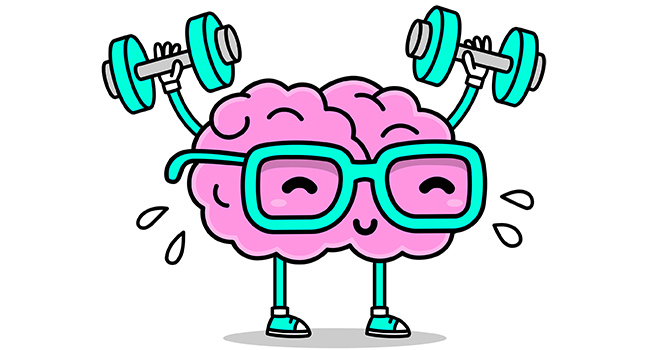
Cerebellar ataxia is a neurological disorder that affects the cerebellum, which is part of the brain responsible for controlling coordination, balance, and fine motor skills. It is characterized by a lack of coordination and control of movements, resulting in unsteady gait, clumsiness, and difficulty with tasks that require fine motor skills, such as writing or buttoning a shirt.
Cerebellar ataxia can have various causes, including genetic mutations, acquired conditions, or as a result of damage to the cerebellum due to injury, infection, stroke, or tumors. Some common cerebellar ataxia types include spinocerebellar ataxia, Friedreich's ataxia, and alcohol-induced cerebellar degeneration.
Treatment for cerebellar ataxia depends on the underlying cause. It may involve managing the underlying condition, physical and occupational therapy to improve balance and coordination, assistive devices to aid mobility, speech therapy to address speech difficulties, and medications to manage specific symptoms or underlying conditions.
Clinical Trial
Balance training has been found to have some benefits in managing cerebellar ataxia. To determine whether a larger-scale trial comparing home-based aerobic and balance exercise is required, researchers conducted a randomized controlled trial with 19 patients in the aerobic training group and 17 in the balance training group.
The trial's primary outcome was the improvement in ataxia symptoms, measured using the Scale for the Assessment and Rating of Ataxia (SARA). Secondary outcomes included safety, training adherence, and improvements in balance. At the beginning of the trial, there were no differences in baseline characteristics between the two groups.
Findings
Thirty-one participants completed the trial, and there were no serious adverse events related to the training. Training adherence was high, with over 70% compliance with the prescribed training regimen. There was a mean improvement of 1.9 SARA points in the aerobic group compared to 0.6 points in the balance group, indicating a significant improvement in ataxia symptoms with aerobic training.
Conclusion
The 6-month trial comparing home-based aerobic and balance training in cerebellar ataxia had excellent retention and adherence to exercise, and there were no serious adverse events. Home aerobic training was associated with a significant improvement in ataxia symptoms compared to balance training. Further investigation in a phase III trial will help establish the efficacy of aerobic exercise in improving ataxia symptoms.
__________

